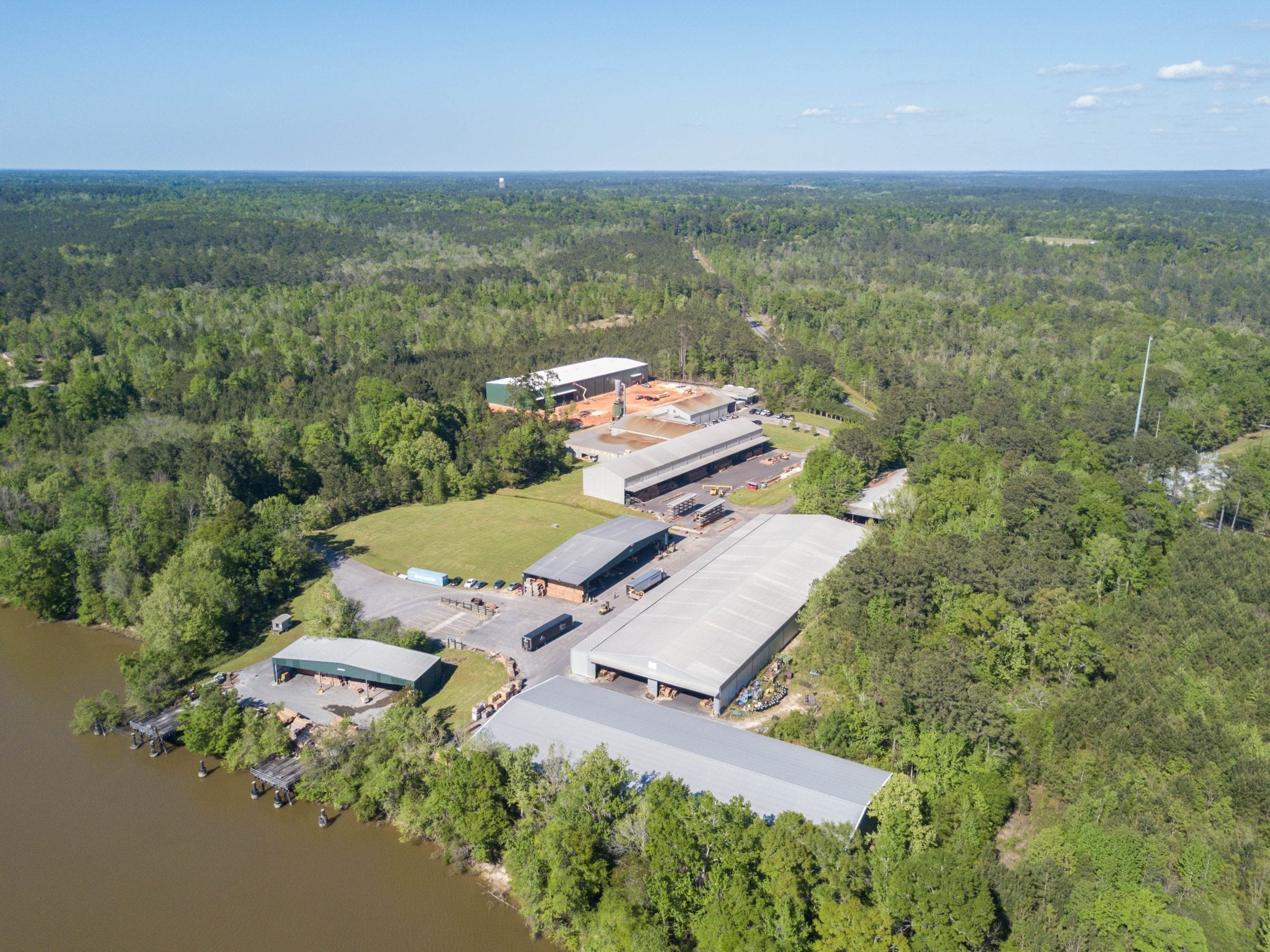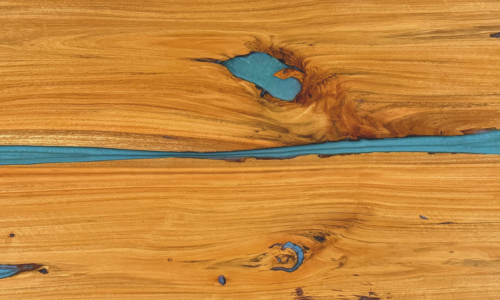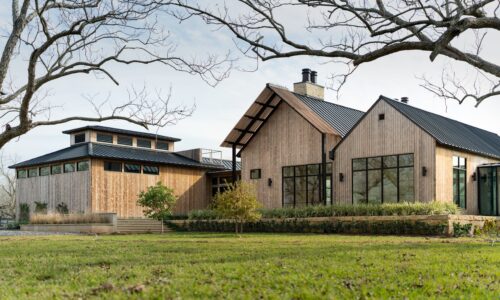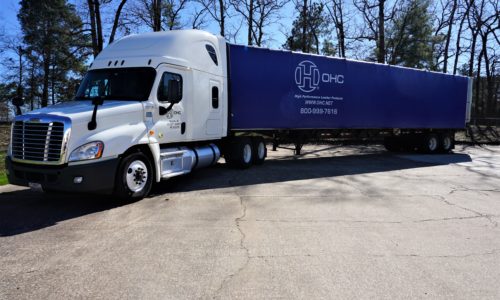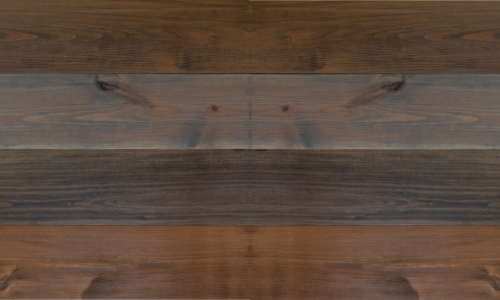Ipe is know as the pinnacle of hardwood decking materials, but not all Ipe is created equal. Perhaps you have purchased an Ipe deck and the material that showed up looked very different than what you've seen in photos. Like any hardwood, Ipe is a natural wood product that can vary in consistency in grain pattern, color and sapwood.
When it comes to Ipe, we have an in-depth grading system to ensure that you have exactly what you need. Once the Ipe arrives at OHC, we hand sort Ipe surface decking in two distinct grades: #1 and #2 Grade.
#1 Grade or FEQ (First European Quality)
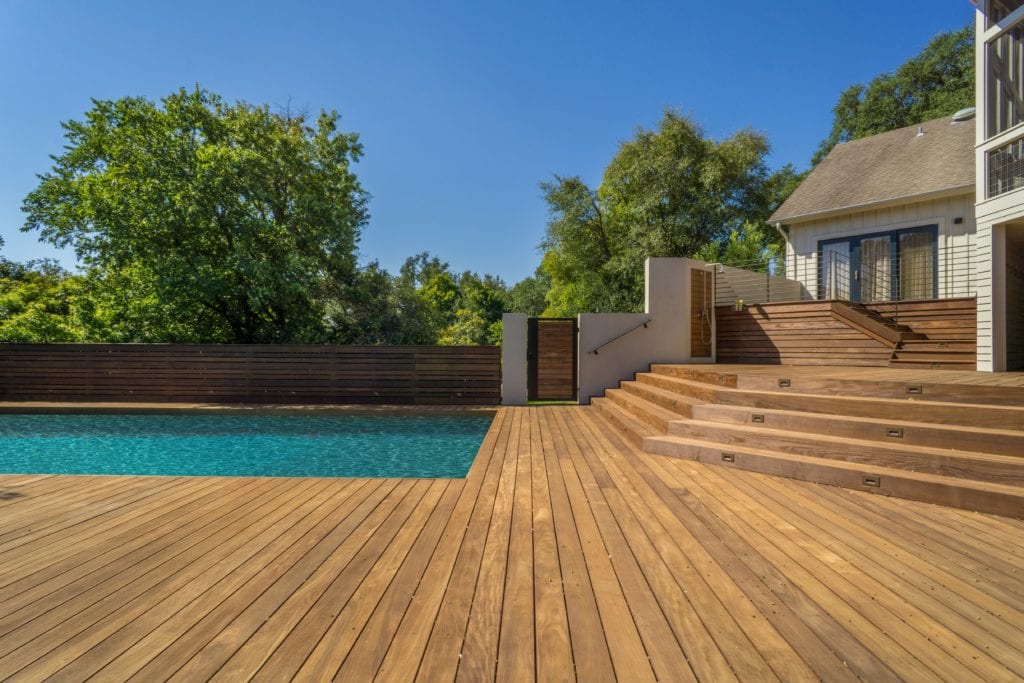
Number 1 Grade, also known as FEQ or First European Quality, is the highest grade of Ipe. In order to be considered a number 1 grade, the Ipe board must be free of sapwood with no defects, splits, holes, or rough faces. The board must also be clear on 4 sides with a straight grain, that means no tiger stripes or reverse grain. Lastly, the ends must be waxed with an end sealant. In other words, Number 1 grade is as perfect as a natural product can be.
Technical Specifications
FEQ (First European Quality). No sapwood. Not more than 1/4" bow per any 8' length in a board. Lumber to be clear 4 sides. Free from rot, pith, stain, or open defects (knots, shake, wane, etc). No splits, no holes, no rough faces. No tiger stripe or pulled reverse grain. No more than 3 burls or closed faced knots per meter. Ends sealed & waxed.
#2 Grade or Rustic Grade
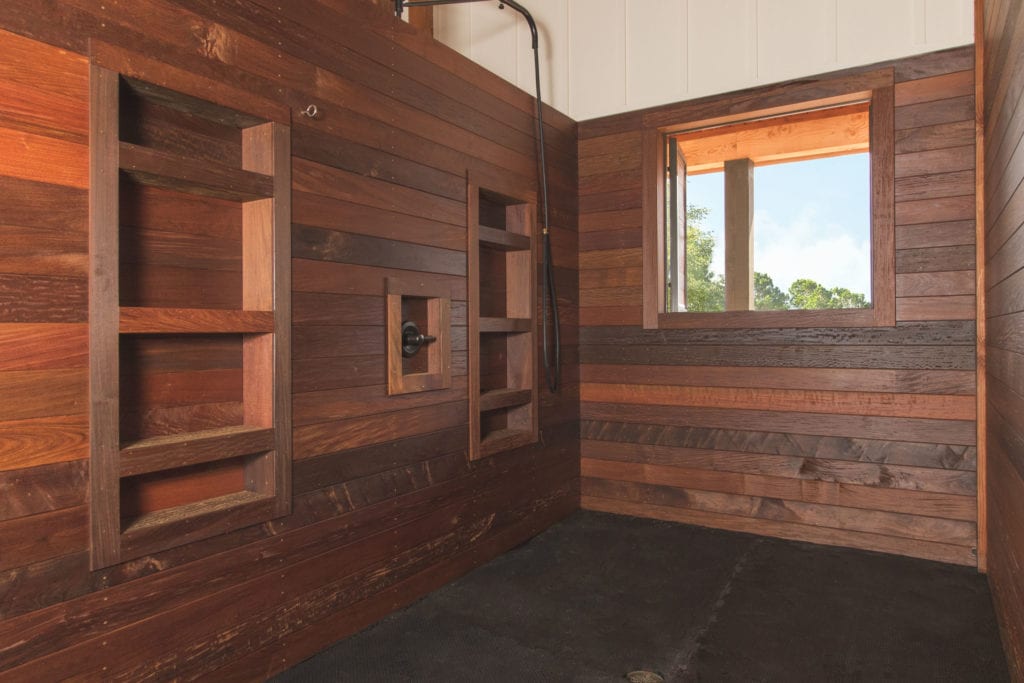
Number 2 Grade allows for sapwood and some reverse grain or inconsistent grain patterns. The better face of the board can contain up to 15% minor defects like small tight knots and other imperfections. The reserve face of the board can have small broken knots and small checks. Neither grade can have splits, end checking or other unsound defects that affect the board structurally. Overseas Hardwoods refers to this grade as Rustic because it's pre-sanded to help alleviate the minor imperfections and highlight the grain variations. Because of the grain variation, Rustic grade Ipe looks amazing as a siding or accent wall. When building a deck, most people want the uniform look that a number 1 grade Ipe provides.
Technical Specifications
The better face may contain 15% minor sound defects such as unlimited small tight knots, slight imperfections in milling, pin worm holes no larger than 1 mm in diameter (only one per meter). Torn or pulled grain shall not be greater than 1mm in depth. Unlimited burls are accepted. Flag or shot worm holes are not allowed. Unsound defects (shake , splits, end checking, broken face knots, or open defects) are not allowed. Edges may have small tight knots. The reverse face may contain the following sound defects: Broken knots not exceeding 30 mm in diameter and open defects may not exceed 5 mm in diameter and 5mm in depth. Season checks are allowed up to 1 mm in width and in the center of the board only. No open splits or checks are allowed on the edge or ends of the board. No more than 15% of the piece may have skip dressing and it can not exceed 1 mm in depth. No skip dressing allowed 1 cm from the ends of the board. A streak of sapwood is allowed 5 mm wide the full width of the board, or up to 25 mm wide 1/3 the length of the board.
Definition of Terms
Reverse Grain: This is one of the more common characteristics (also known as “tiger striping”). Reverse grain is quarter sawn material that tends to pull and tear out when machined. Keep in mind: not all quarter sawn is reverse grain, just a small percentage.
Sapwood: This occurs on the very outside of the log. It can cause Ipe and other species to be much lighter in color. It’s very rare, but when this material is sanded, it can be very attractive to some people.
Burls: This pattern comes from the tree growing in an irregular way and is usually found in the trunk. This type of board is still high quality, but we separate the ones that have excessive burls. Like sapwood and tiger striping, burls can contribute a very attractive pattern to your boards.
In the end, whether you decide to go with No. 1 grade Ipe or our “Rustic” boards, you will get the very best quality for your project. It all comes down to personal taste.
Pro Tip
When choosing surface decking, it's important to know what you are getting. Lots of high-end residential and commercial projects that choose Ipe for price are disappointed to find out they were paying for number 2 grade but expecting number 1 to show up. Be sure to vet online sellers as well, they aren't all bad, but sometimes they don't even know the grade you are getting because the product is being brokered.
You can ask the seller questions like:
- What grades of Ipe do you sell?
- Is this quote for No. 1, No. 2, or a combination of grades?
- Do you have a detailed description of each grade that I can see
Sometimes asking those questions are enough for you to realize you do or don't want to buy from that supplier.

